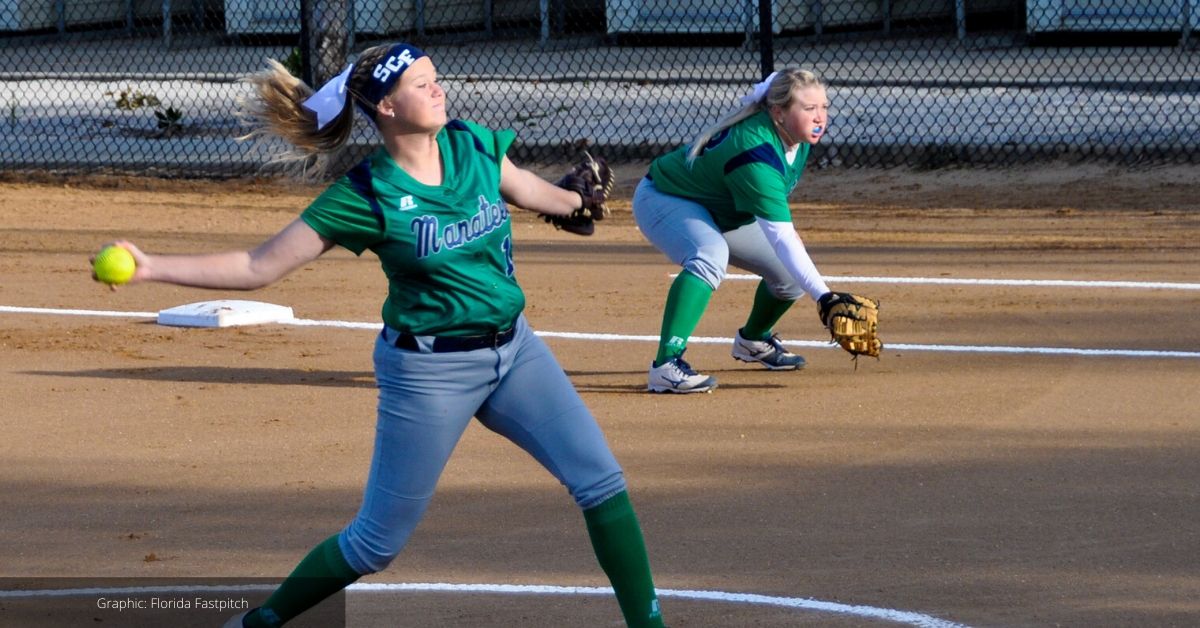The most important part of a softball pitcher’s body is her arm. Of course, many other essential body parts allow softball pitchers to perform, but the arm is the most important. Softball pitching is very different than baseball pitching. The windmill and underhand release are a natural motion. Baseball pitchers who throw overhand have to monitor pitch counts, and there are even rules for the number of pitches to be thrown in games for each pitcher. These pitching restrictions don’t necessarily exist in softball.
Maintaining a good pitching arm is going to set up a softball pitcher for success during a long season. It’s common for softball pitchers to experience soreness after long weekend tournaments. Softball pitchers will typically throw double or triple the number of pitches they are used to throwing in practice during weekend tournaments.
Below are three ways to maintain a strong pitching arm in softball. Pitchers can use these tips at any age level and will be extremely beneficial for the long summer months filled with games. They will also help keep a pitcher’s arm healthy for the long run.
Stretch and Warm-Up
Pitchers should always stretch and warm-up before pitching a softball. Even though pitching is a natural motion, pitchers at ALL ages need to get their bodies ready for movement. Take five minutes to stretch out the arms and do some jogging to warm up the legs. Pitchers benefit from team warm-ups like everyone else, even though they warm up on their own when pitching begins. Please don’t skip over this step; as pitchers get older, their muscles will need to be loosened. Stretching and warming up before practices and games will limit the pitcher’s chance of injury, especially as they get older. It’s also better to get accustomed to a warm-up routine early on and get in the habit of doing it every day.
Throw Overhand the Right Way
Softball pitchers have one of the shortest throws to first base in the infield. It is sometimes easy for pitchers to get lazy with their throwing form. Even though pitchers rarely throw the ball overhand, it’s still essential to practice and execute proper throwing mechanics on overhand throws to prevent injury. It’s common for softball pitchers to develop a sidearm throw to first base. When this happens, it means they are not keeping the elbow safe and can lead to injury. A good time for pitchers to work on overhand throws is right before they warm up pitching. Take an extra two minutes and do some overhand throws before beginning pitching drills for the day. Your elbow will thank you in the future if you correct it now.
Ice After Pitching
Almost every softball pitcher has heard this pitching rule before. “Ice your arm!” How many pitchers go home and ice their arm after a pitching workout, practice, or game? Icing the pitching arm is extremely important when it comes to pitching arm maintenance. When softball pitchers throw, their arm muscles are always moving and doing more work than they are used to on a typical day. Icing after pitching helps relax the muscles and brings them back to normal. Icing the arm also limits the amount of soreness. Even though pitching is a natural motion, pitchers still require effort from their muscles to get the job done. Take care of those arms and ice!







